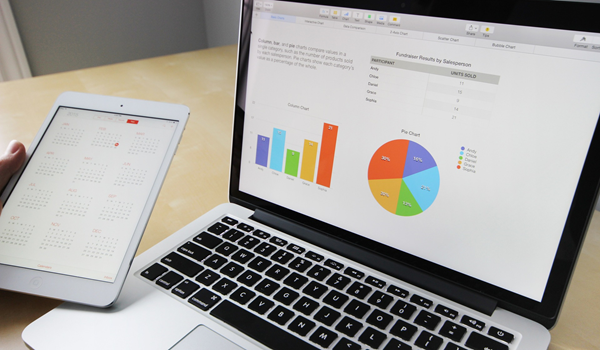Test Results
Results of Tests and Investigations
Test results cannot be given to any person other than the patient unless we have received written consent. When you telephone for a result you will be asked for your full name and date of birth. This will prevent the staff giving the wrong test results.
Results take some times to come back to the Practice. The box below indicates a rough guide to the length of time that results reach the surgery.
Please note that any tests, which have been requested by hospital doctors, do not automatically come back to the practice.
Usual time for results to come back:
- Blood test - Min 5 days
- Urine/stool test - Min 5 days
- Smear - Min 8 weeks
- Swab - Min 5 days
- Ultra sound - Min 2 weeks
- X-rays - Min 2 weeks
Blood Tests
A blood test is when a sample of blood is taken for testing in a laboratory. Blood tests have a wide range of uses and are one of the most common types of medical test. For example, a blood test can be used to:
- assess your general state of health
- confirm the presence of a bacterial or viral infection
- see how well certain organs, such as the liver and kidneys, are functioning
A blood test usually involves the phlebotomist taking a blood sample from a blood vessel in your arm and the usual place for a sample is the inside of the elbow or wrist, where the veins are relatively close to the surface. Blood samples from children are most commonly taken from the back of the hand. The childs hand will be anaesthetised (numbed) with a special cream before the sample is taken.
You can find out more about blood tests, their purpose and the way they are performed on the NHS Choices website.
X-Rays
An X-ray is a widely used diagnostic test to examine the inside of the body. X-rays are a very effective way of detecting problems with bones, such as fractures. They can also often identify problems with soft tissue, such as pneumonia or breast cancer.
If you have an X-ray, you will be asked to lie on a table or stand against a surface so that the part of your body being X-rayed is between the X-ray tube and the photographic plate.
An X-ray is usually carried out by a radiographer, a healthcare professional who specialises in using imaging technology, such as X-rays and ultrasound scanners.
You can find out more about x-ray tests, how they are performed, their function and the risks by visiting the NHS Choices website.
Ultrasound
An ultrasound scan uses high frequency wave sounds to create an image of an organ in the body. Ultrasound is very high frequency sound that cannot be heard by the human ear, but can be detected using a machine called an ultrasound scanner.
It can be used to look at all soft tissue structures and blood vessels. It cannot be used to look at bones or the lungs or gastro-intestinal tract in detail.
Benefits
An ultrasound scan does not use x-rays. The ultrasound waves are delivered by a small handheld sensor, which is similar to a microphone. As sound waves are used, rather than radiation, the procedure is thought to be completely safe.
As well as being used to monitor an unborn baby in a pregnant woman, ultrasound is also used to highlight congenital heart disease, examine the prostate gland, uterus and ovaries and other organs of the body. Ultrasound is also used during surgery such as biopsies (where the tissue sample is taken for analysis).
